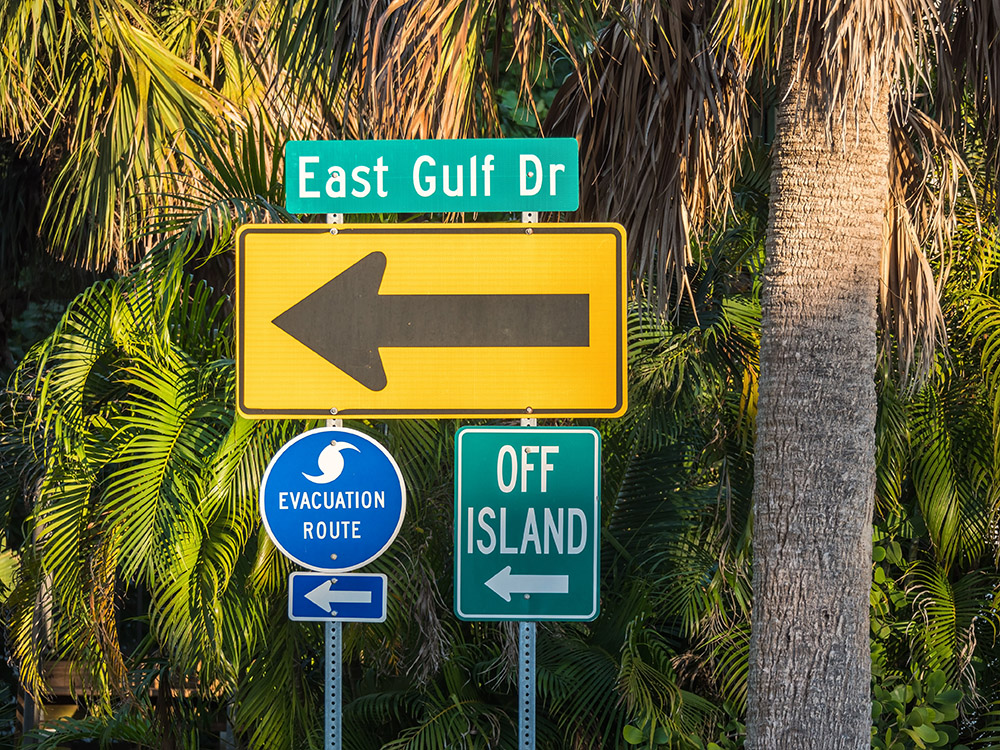By Ines Aviles-Spadoni, M.S., UFTI/STRIDE Research Coordinator

GPS trajectory data is emerging as an important tool for researchers to understand the evacuation behaviors and decisions that people make during a natural hazard such as a wildfire, hurricane, or earthquake.
UF researchers Dr. Xilei Zhao and Dr. Xiang ‘Jacob’ Yan, and their international research team (Dr. Erica Kuligowski from RMIT University, Australia; Dr. Ruggiero Lovreglio from Massey University, New Zealand; Dr. Thomas J. Cova from the University of Utah; and Dr. Daniel Nilsson from the University of Canterbury, New Zealand), have published two papers that use GPS to conduct a location analysis, and the creation of datasets capturing the routes (highways) people take (routing behaviors) during wildfires. The traditional approach is to survey people, asking them to recall why and when they evacuated. GPS is a more granular and precise approach offering more detailed information that researchers can work from.
“GPS data can allow us to conduct location-based analysis and shed light on the relationship of factors that have been rarely measured in prior work and evacuation compliance rates,” Zhao said. “An important finding is that built environment is highly associated with evacuation rates.”
Zhao also said the research shows that using GPS data is a valuable complement to existing methods in wildfire evacuation research and provides new insights to improve evacuation planning.
As for the open-source data sets, these can be used by researchers and practitioners to validate evacuation simulation models for developing traffic control strategies during emergencies.
While the researchers mostly relied on the experiences of the 2019 Kincade Fire in Sonoma County, California, their work shows that GPS data is important for evacuation planning. Which brings us to ask the question: With hurricane season in full force until the end of November, can the researchers’ work be translatable to hurricane evacuation planning? Zhao explains.
“Fire evacuation usually has shorter lead time with fires and smokes that can trigger people’s protective action,” she said. “Hurricane evacuation usually have several days of lead time (e.g., Hurricane Ian) without environmental cues. However, the methodologies developed for the wildfire evacuation case can be readily adapted to hurricane evacuation with some modifications.”
The results of Zhao and Yan’s work has very important implications, indeed. Stakeholders will be able to understand how evacuation compliance rates across space and compare which factors influence evacuation compliance rates.
“With such understanding, emergency managers can improve their evacuation plans and develop targeted educational campaigns to build trust and improve emergency communications for future events,” Zhao said.
For more information, contact:
Dr. Xilei Zhao at xilei.zhao@essie.ufl.edu
Dr. Xiang ‘Jacob’ Yan at xiangyan@ufl.edu